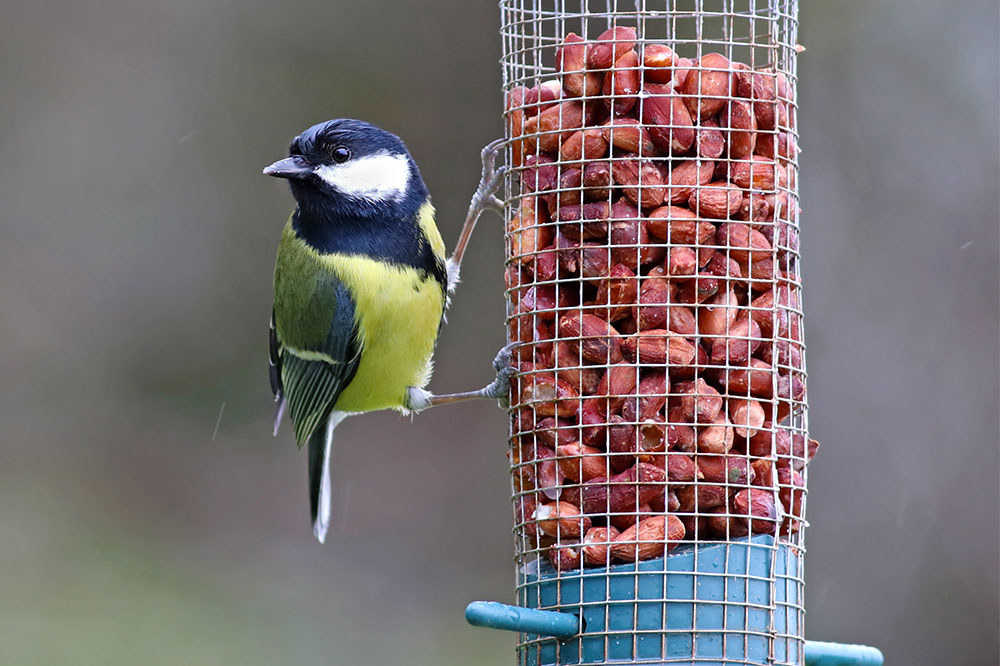Smart Strategies and Essential Tools for Bird Species Recognition
Discover effective strategies and essential tools for bird species recognition. Learn how to utilize apps, observe physical and acoustic traits, and understand habitat preferences to enhance your birdwatching skills. Whether a beginner or experienced birder, these tips and resources will support accurate identification, promote conservation, and deepen your connection with nature.

Smart Strategies and Essential Tools for Bird Species Recognition
Accurately identifying bird species is crucial for enthusiasts, scientists, and wildlife advocates. Proper identification enriches the birdwatching experience and aids conservation efforts. Techniques involve observing physical features, listening to bird calls, understanding their preferred habitats, and noting specific traits. Whether you're a hobbyist or a professional, numerous tools are available to assist in identifying birds effectively.
Top Tools for Bird Identification
Technology has revolutionized bird identification through apps and online platforms that analyze images and sounds. These resources help track migration, study behaviors, and monitor populations. Here are some leading options:
Notable tools include:
Merlin Bird ID by Cornell Lab: Upload photos, and the AI suggests matching species based on your image, location, habitat, and sounds.
iBird Pro: This paid application offers a vast database of over 1,000 species with image recognition features for identifying birds from photos or traits.
Audubon Bird Guide: A free app that helps identify birds via images or through interactive questions about their appearance and behaviors.
Additional useful platform:
eBird: A digital community and database for bird sightings, where users can upload photos, receive feedback, and access information on popular birding locations.
While these tools are helpful, they might not always be foolproof. Cross-verifying with field guides and expert opinions is advisable for confirmation.
Tips for Precise Bird Identification
Using a combination of visual cues, sounds, and environmental context is vital for accurate ID. Consider these tips:
Examine physical features: Focus on size, shape, beak type, eye color, and feather patterns, as these are core identification details.
Pay attention to calls and songs: Bird vocalizations are distinctive; recordings can assist in identification.
Note habitat preferences: Certain birds favor forests, wetlands, or grasslands, helping narrow down options.
Utilize field guides: Carry regional bird guides to compare features and habitats for better accuracy.
Consult experts: Join local birding groups or seek advice from experienced birders for additional insights.
Practice patience: Improving your ID skills requires consistent practice and observation over time.
Benefits of Bird Watching and Identification
Respectful observation encourages a deeper connection with nature. Key benefits include:
Environmental awareness: Recognizing local bird species boosts ecological understanding and conservation consciousness.
Enhanced spotting skills: Learning to identify various birds improves overall birdwatching capabilities, including understanding behavior and sounds.
Citizen science contribution: Sharing accurate sightings supports bird conservation projects and population monitoring.
Personal fulfillment: Successfully recognizing a bird offers a sense of achievement.
Community involvement: Connecting with fellow birders fosters shared experiences and outdoor camaraderie.
Start exploring bird species identification to deepen your appreciation for wildlife. With the right tools, patience, and curiosity, you can unlock the fascinating realm of avian life, contributing to conservation efforts and enriching your outdoor adventures.


